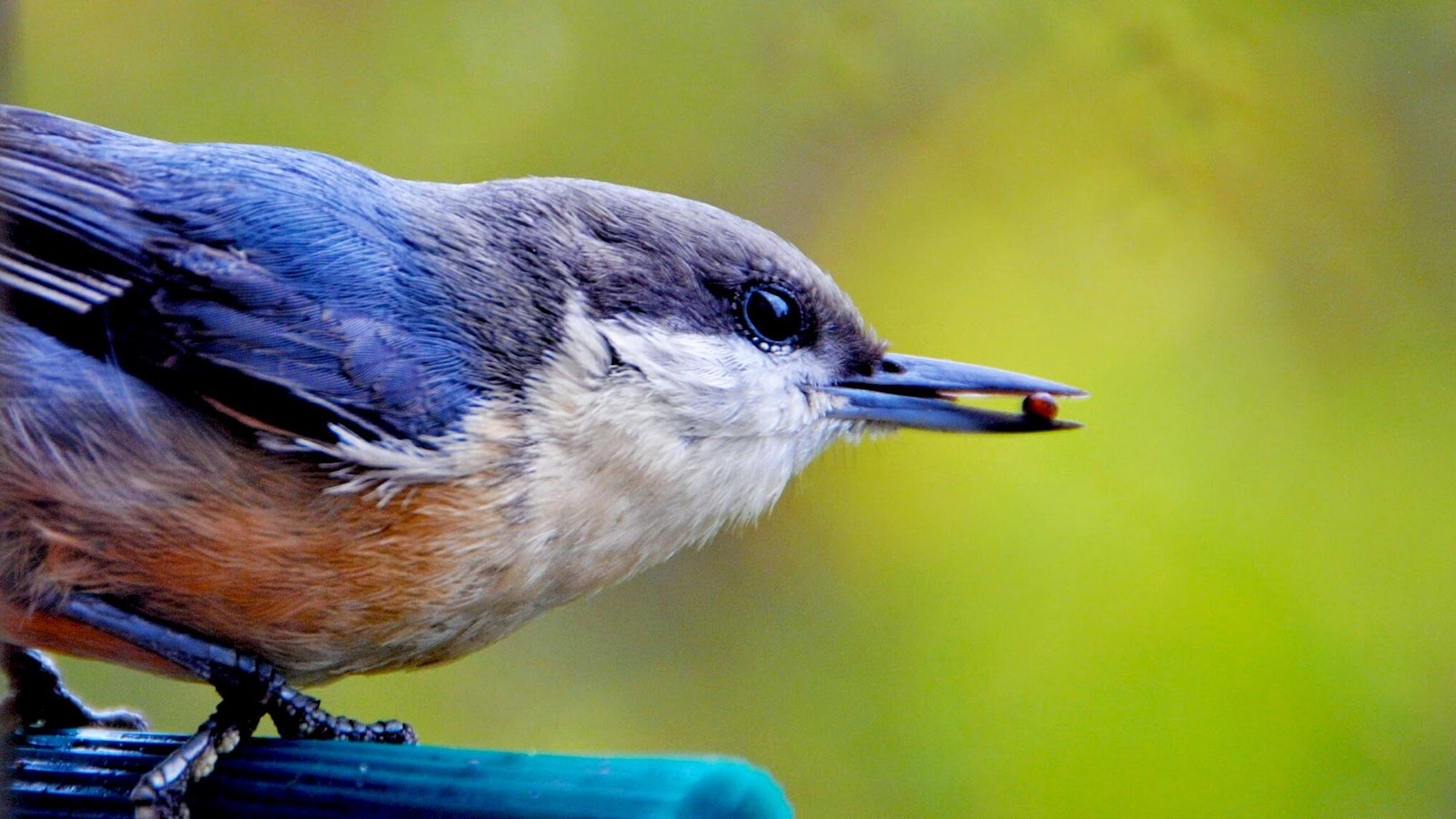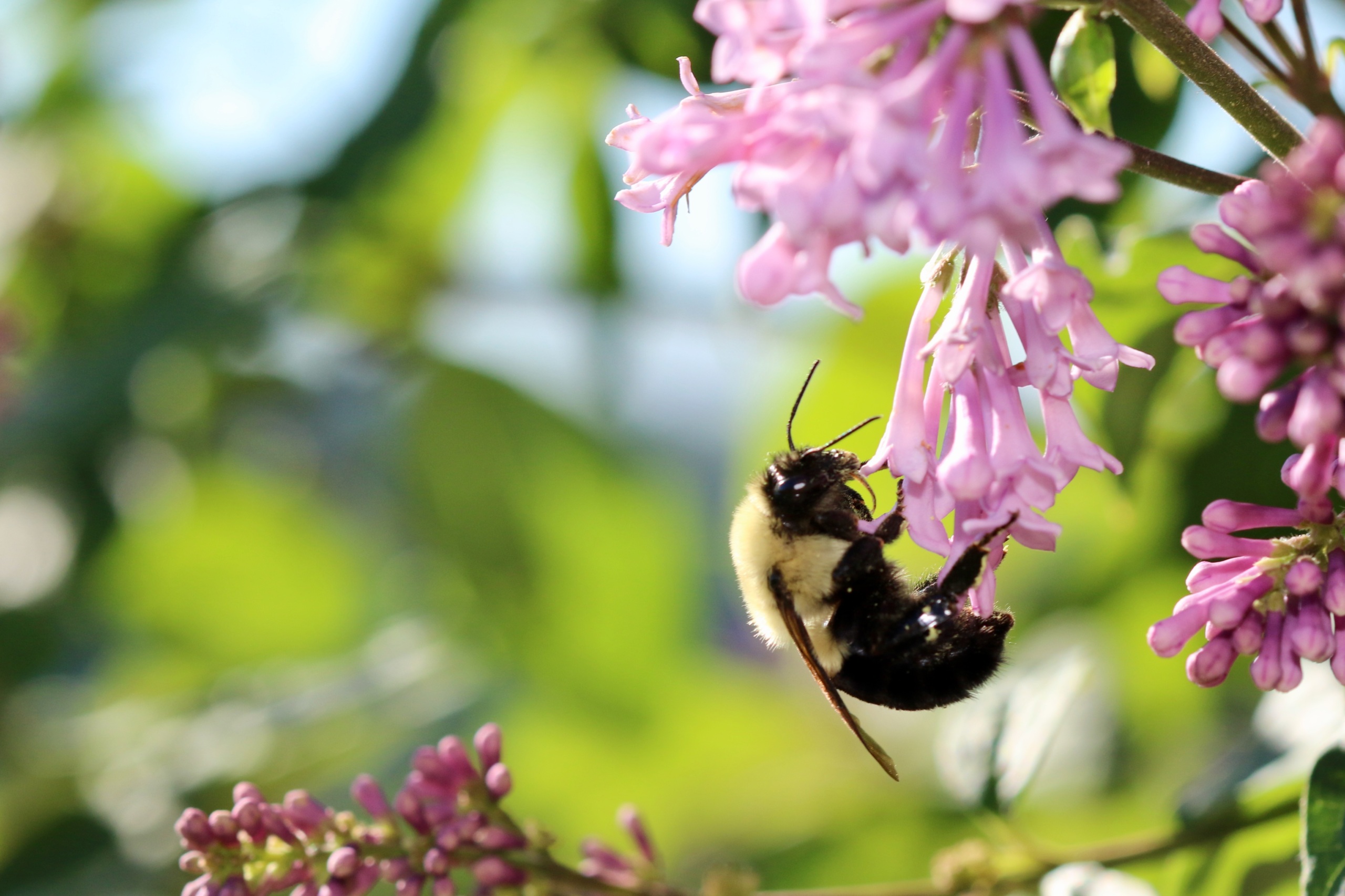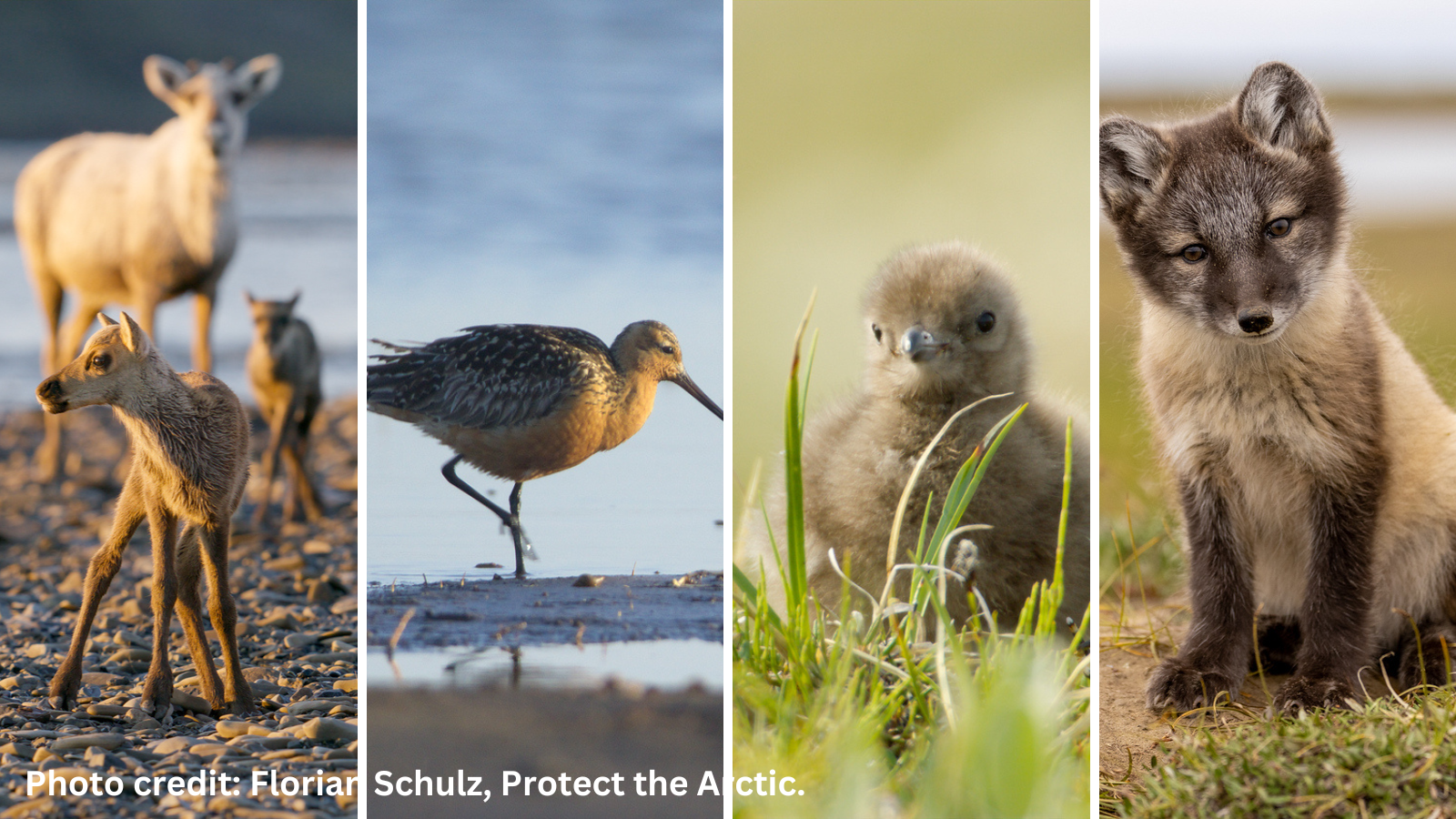A straw and a sea turtle: Why we should stop using single-use plastic
The video provides visceral imagery of the suffering caused by single-use plastic. Marine animals, like this turtle, ...do not deserve to suffer extraordinary pain because of the vast quantities of disposable plastic products that end up in the sea.
“Have you seen the video of a turtle with a straw in its nose?”
My coworker asked this question the day after I started work as an Oceans Fellow for Environment America. Before she mentioned the clip, I had neither seen nor heard of it. But over the next few weeks, I found that references to that same video threaded through many conversations, email chains and articles about plastics pollution. Additional research confirmed: The video was a focal point for the public’s understanding of plastic pollution.
So last Friday, I plugged YouTube into my search bar and finally watched it.
I made it through less than two minutes of the eight-minute-long clip. I expected the video to be sad — an article by the publication The Intercept described it as “eight excruciating minutes in which marine biologists yank at the plastic straw with pliers.” But I wasn’t prepared for the turtle’s clear emotional and physical distress that the video captures.
At first, the turtle wriggles and shakes as scientists poke and pull at the straw. Her nose begins to drip. She tenses a flipper and paws at the hand of the scientists. The straw still refuses to dislodge. Blood pours down her beak. She whimpers and cries.
“I’m sorry, little one,” one of the marine biologists murmurs. “But I think you’ll be more comfortable after.”
The camera keeps the turtle’s eyes — dark and big — in sharp focus throughout the entire video. She blinks them shut and shrugs away as the scientists dig for the straw. Eventually, her glassy eyes filled with pain and then glaze over. She looks despondent, exhausted and hurt.
The video provides visceral imagery of the suffering caused by single-use plastic. Marine animals, like this turtle, dive through the ocean, eat, and nurse their young. They do not deserve to suffer extraordinary pain because of the vast quantities of disposable plastic products that end up in the sea.
We have alternatives. We can and must shift toward compostable and reusable options. States and cities are doing this by adopting policies that phase out single use plastics; companies are taking action too.
We need to keep pushing more states, cities and companies in this direction. The wide, innocent eyes of the sea turtle delivers a clear signal: We must choose wildlife over waste.
Shane Myers via Shutterstock
Topics
Authors
Michaela Morris
Find Out More

EPA report says pesticides endanger wildlife

Why we should save the bees, especially the wild bees who need our help most

Why Alaska’s NPR-A, site of the Willow Project, deserves protection


